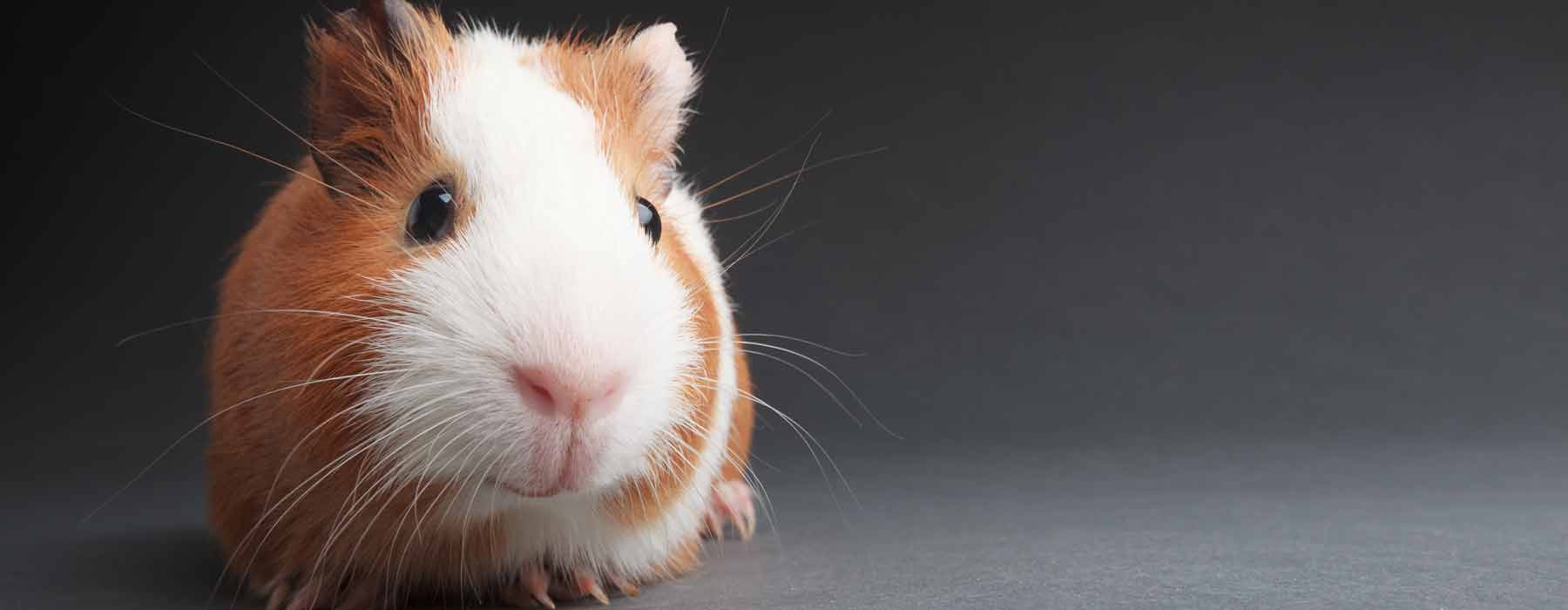Breeds
Guinea Pig Facts Learn More About These Adorable Pets
Guinea pigs, also known as cavies, are one of the most popular pets in the world. They are small, cuddly, and easy to take care of, making them perfect companions for both children and adults. However, there is more to these adorable creatures than meets the eye. In this article, we will delve deeper into the world of guinea pig facts and uncover some interesting and surprising information about these lovable pets.
Seemore: Can Guinea Pigs Eat Zucchini? – Health Benefits And Drawbacks
Contents
- 1 Origins and History of Guinea Pigs
- 2 Physical Characteristics of Guinea Pigs
- 3 Care and Behavior of Guinea Pigs
- 4 FAQs about Guinea Pigs
- 4.1 Subheading 1: What is the best bedding for guinea pigs?
- 4.2 Subheading 2: How often should I clean my guinea pig’s cage?
- 4.3 Subheading 3: Can I introduce a new guinea pig to my current one?
- 4.4 Subheading 4: Do guinea pigs need toys to play with?
- 4.5 Subheading 5: Is it safe for guinea pigs to eat vegetables?
- 5 Conclusion: The Perfect Pet for Any Family
Origins and History of Guinea Pigs

The domestication of guinea pigs can be traced back to the ancient Incas of Peru, where they were first kept as food animals. However, they were eventually introduced to Europe by Spanish explorers in the 16th century and quickly became popular as pets among the wealthy. Today, guinea pigs are widely distributed around the world and are loved by people of all ages. Here are some fascinating facts about their origins and history:
Subheading 1: Genetic Ancestry
Contrary to popular belief, guinea pigs are not related to pigs at all. Their scientific name, Cavia porcellus, actually means “little pig” in Latin due to their pig-like squealing noises. In fact, guinea pigs are rodents and are closely related to chinchillas, porcupines, and capybaras. They belong to the family Caviidae, which consists of 14 other species of South American rodents.
Subheading 2: Importance in Ancient Cultures
As mentioned earlier, guinea pigs were originally bred for food in the Andean regions of South America. However, they also held a special place in Incan culture, where they were considered sacred animals and used in religious ceremonies. In addition, it was believed that guinea pigs had healing powers, and their fur was often used in traditional medicines.
Subheading 3: Introduction to Europe
When Spanish explorers brought guinea pigs back to Europe, they were initially perceived as exotic and expensive pets. As a result, they were only owned by the wealthy and were often depicted in paintings as symbols of wealth and status. It wasn’t until the late 19th century that they became more accessible to the general population, as they were used as laboratory animals for scientific research.
Physical Characteristics of Guinea Pigs

Guinea pigs may all look similar at first glance, but there are actually different breeds with unique characteristics and appearances. Here are some interesting facts about their physical features:
Subheading 1: Size and Weight
On average, guinea pigs measure between 8 to 11 inches long and weigh around 2-3 pounds. However, there are some breeds, such as the Peruvian and American guinea pigs, that can grow up to 14 inches in length and weigh up to 4 pounds. They are considered one of the larger rodents, making them easier to handle and less fragile than other small pets like hamsters or mice.
Subheading 2: Fur Types
One of the most distinctive features of guinea pigs is their fur, which comes in various lengths, colors, and textures. The most common fur types are short, smooth coat (known as a “rosette” coat), long, silky coat, and curly coat. Additionally, some guinea pigs have unique markings or patterns on their fur, such as Dutch, Himalayan, and Tortoiseshell.
Subheading 3: Lifespan
The average lifespan of a guinea pig is between 5-7 years, though some can live up to 10 years with proper care. One interesting fact about their lifespan is that females tend to outlive males, possibly due to lower levels of stress from not having to compete for dominance within a group. In general, guinea pigs are long-lived pets and require a commitment from their owners to provide them with a happy and healthy life.
Care and Behavior of Guinea Pigs

Guinea pigs make great pets for first-time owners because they are low maintenance and have friendly, docile personalities. However, proper care and understanding of their behavior is essential to ensure their well-being. Here are some important facts to know about caring for and interacting with guinea pigs:
Subheading 1: Housing and Diet
Guinea pigs should be kept in a cage that is at least 7.5 square feet for one or two pigs, with an additional 1-2 square feet for each additional pig. They are social animals and thrive when housed with a companion, so it’s recommended to have at least two pigs together. Their diet consists mainly of hay, fresh vegetables, and a small amount of pellets and fruits. It’s important to provide them with plenty of fresh water and clean their cage regularly to prevent any health issues.
Subheading 2: Communication and Social Behaviors
Guinea pigs are vocal animals and use a variety of sounds to communicate with each other and their owners. For example, they will squeak when they are happy, purr when being petted, and make loud noises when scared or in pain. They also have unique behaviors, such as “popcorning,” where they excitedly jump and twist in the air. It’s important to understand these behaviors to better communicate and bond with your guinea pig.
Subheading 3: Health Concerns
Like all pets, guinea pigs are susceptible to certain health problems. One of the most common issues is dental problems, as their teeth continuously grow and need to be worn down through chewing on hay and other tough foods. They are also prone to respiratory infections and obesity if not given a proper diet and exercise. It’s important to educate yourself on these health concerns and take your guinea pig to a veterinarian if any issues arise.
FAQs about Guinea Pigs

Subheading 1: What is the best bedding for guinea pigs?
There are various options for bedding, including paper-based or wood shavings. However, it’s essential to avoid cedar or pine shavings as they can cause respiratory problems. Paper-based bedding is the safest and most comfortable for guinea pigs.
Subheading 2: How often should I clean my guinea pig’s cage?
Guinea pig cages should be spot cleaned daily and fully cleaned once a week. This involves removing all bedding, scrubbing the cage with a mild detergent, and replacing with fresh bedding.
Subheading 3: Can I introduce a new guinea pig to my current one?
Yes, guinea pigs are social animals and enjoy having a companion. However, it’s important to introduce them gradually and carefully to ensure they get along well.
Subheading 4: Do guinea pigs need toys to play with?
While not necessary, toys can provide mental stimulation and entertainment for guinea pigs. Some popular toys include tunnels, chew toys, and balls to push around.
Subheading 5: Is it safe for guinea pigs to eat vegetables?
Yes, vegetables are an essential part of a guinea pig’s diet. However, some types like iceberg lettuce and potatoes should be avoided as they can cause digestive issues.
Conclusion: The Perfect Pet for Any Family

In conclusion, guinea pigs are fascinating creatures with a rich history and unique physical and behavioral characteristics. They are low maintenance, friendly, and make great pets for families of all ages. By understanding their origins, physical features, care needs, and behaviors, you can provide your guinea pig with a happy and healthy life as your beloved companion.
